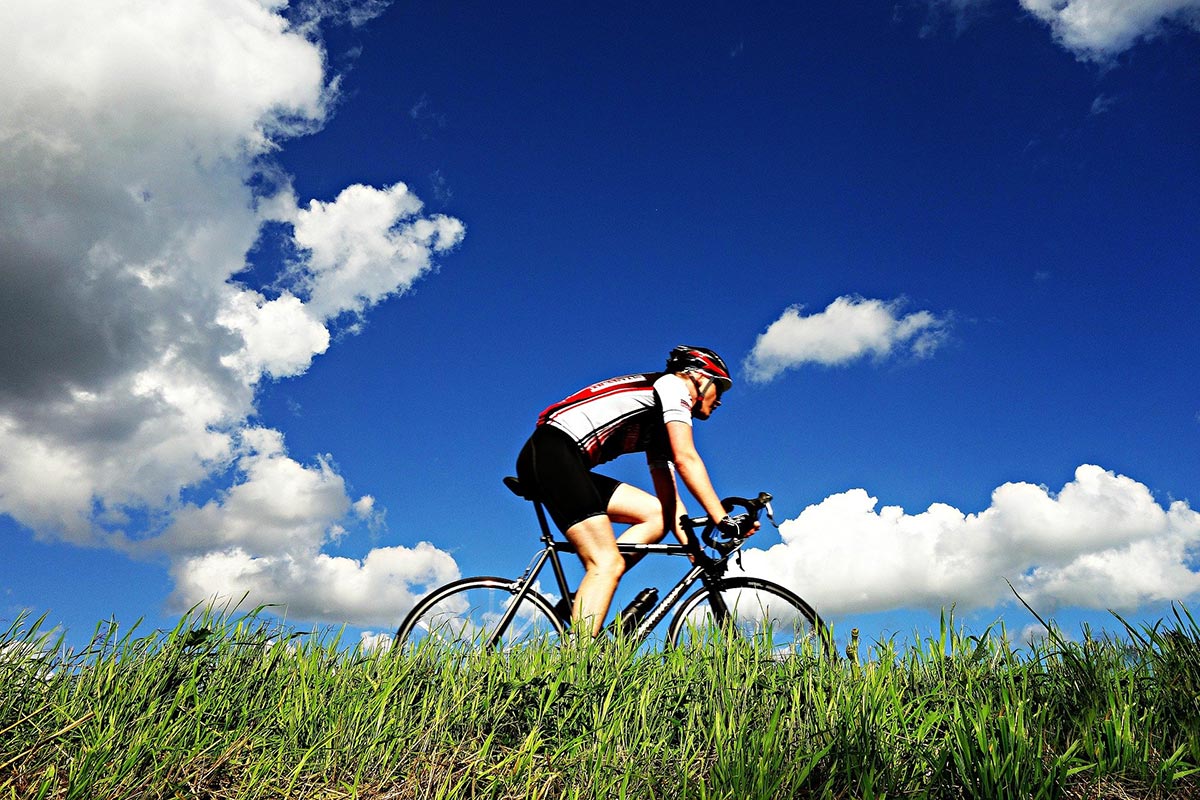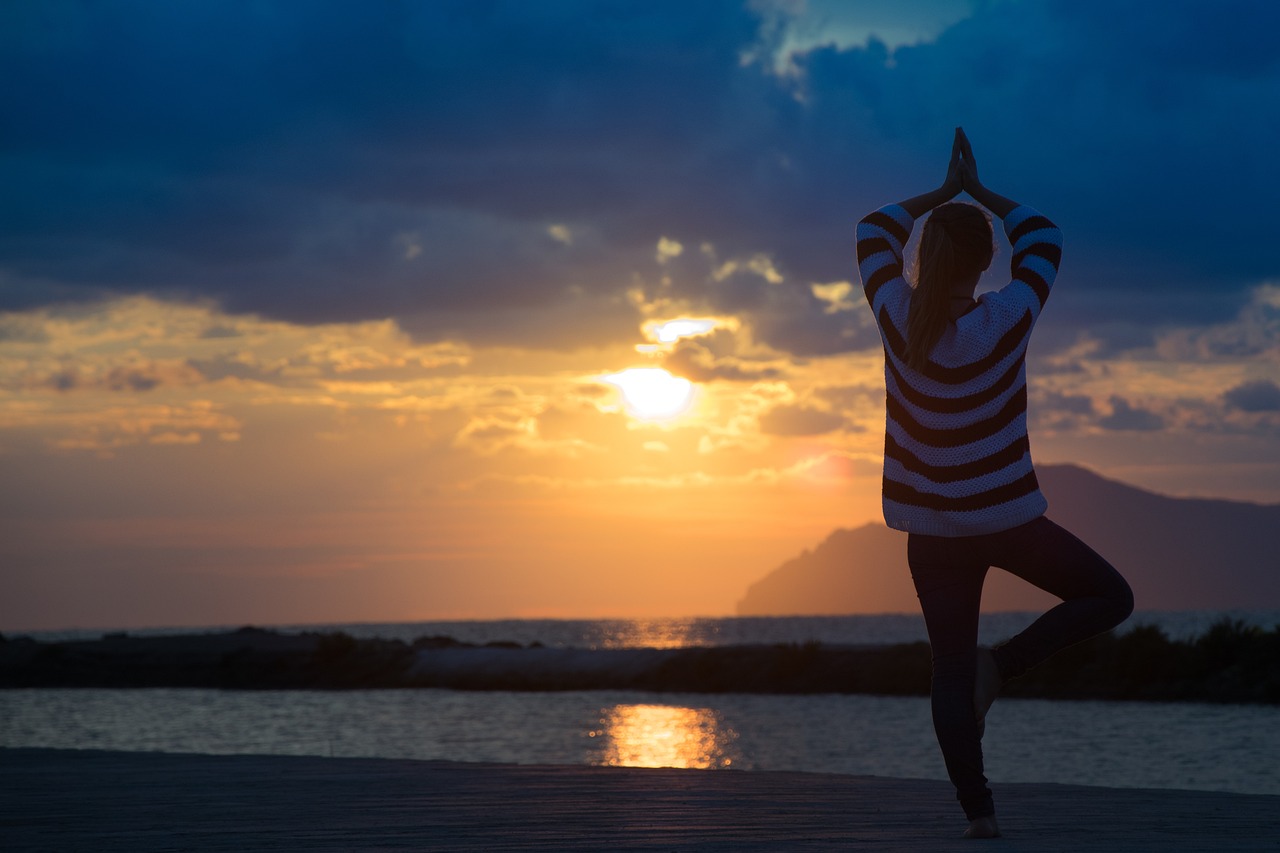As summer unfolds, it's the perfect opportunity to step outside the confines of the gym and embrace the sunny outdoors. Engaging in low-impact activities not only adds variety to your fitness routine but also offers numerous health benefits. These activities are gentle on the joints, making them suitable for individuals of all fitness levels. Let's explore some enjoyable low-impact summer activities that can enhance your physical and mental well-being.
Swimming: A Refreshing Full-Body Workout
Swimming is an excellent low-impact exercise that provides a full-body workout. The buoyancy of water supports your body, reducing stress on joints and minimizing the risk of injury. Regular swimming sessions can improve cardiovascular health, enhance muscle strength, and boost endurance. Moreover, studies have shown that swimming helps lower blood pressure and improves lung capacity.
Aqua Aerobics: Fitness with a Splash
Aqua aerobics involves performing aerobic exercises in water, typically in a pool setting. This activity combines the resistance of water with aerobic movements, helping to improve cardiovascular fitness, strength, and flexibility. The water's buoyancy reduces impact on the joints, making it an ideal choice for individuals with arthritis or those recovering from injuries. Many community centers and gyms offer aqua aerobics classes during the summer months, providing a fun and social way to stay active.
Canoeing and Kayaking: Paddle Your Way to Fitness
Canoeing and kayaking are enjoyable water-based activities that offer a low-impact workout. Paddling engages the upper body, including the shoulders, arms, and core muscles, while also providing a cardiovascular workout. These activities can be done solo or with friends, allowing for both solitary reflection and social interaction. Exploring local waterways can also provide a sense of adventure and connection to nature, further enhancing mental well-being.
Paddle Boarding: Balance and Core Strength
Stand-up paddle boarding (SUP) has gained popularity as a low-impact activity that challenges balance and core strength. Standing on a paddle board requires engagement of stabilizing muscles, promoting improved balance and core stability. Paddling adds an upper-body workout, making SUP a comprehensive exercise. Additionally, being out on the water has calming effects, reducing stress and boosting overall mood.
Cycling: Pedal Towards Better Health
Riding a bicycle is a timeless way to enjoy the outdoors while getting a fantastic workout. Whether on city streets or scenic trails, cycling strengthens leg muscles, improves cardiovascular endurance, and burns calories. Unlike high-impact activities, cycling puts minimal strain on the knees and ankles. Electric bikes are also an option for those who need assistance while still benefiting from the movement.
Rollerblading: Glide into Fitness
Rollerblading, or inline skating, is a fun and effective way to enhance coordination, balance, and aerobic endurance. It provides a smooth, low-impact alternative to running, reducing stress on the knees and hips while still improving cardiovascular fitness. Many cities offer dedicated bike paths that are perfect for rollerblading, ensuring a safe and enjoyable experience away from traffic.
Hiking: Explore and Stay Active
Hiking can be either a high or low-impact activity, depending on the terrain. Opting for gentle forest trails allows for a low-impact workout while providing the additional benefits of fresh air and scenic views. Studies indicate that walking in nature reduces cortisol levels, improving stress management and overall mental health. Bringing family or friends along adds a social component that makes the experience even more rewarding.
Walking: The Simplest Way to Stay Active
Walking remains one of the most accessible forms of exercise. Whether strolling through a park, along the beach, or in your neighborhood, walking promotes cardiovascular health, strengthens muscles, and supports joint mobility. Nordic walking, which involves using poles, engages the upper body and increases calorie burn. Many communities have organized walking groups, providing motivation and social interaction.
Many fitness centers and personal trainers offer outdoor classes ranging from yoga and tai chi to high-intensity boot camps. Exercising outdoors allows participants to enjoy fresh air and natural surroundings while working towards their fitness goals. Research shows that outdoor workouts can enhance mood, increase vitamin D levels, and promote a stronger sense of well-being compared to indoor exercise.
For long-term health, aim for at least 30 minutes of cardiovascular activity per day, along with strength exercises two to three times per week. No matter which activity you choose, the key is to stay consistent and enjoy the process. Summer is the perfect time to embrace movement in a way that feels fun and fulfilling.
Sources:
- Study on swimming and cardiovascular health, Journal of Sports Science (2023)
- Research on outdoor exercise benefits, American Journal of Health Promotion (2024)
- Analysis of hiking and stress reduction, Environmental Psychology Review (2024)












